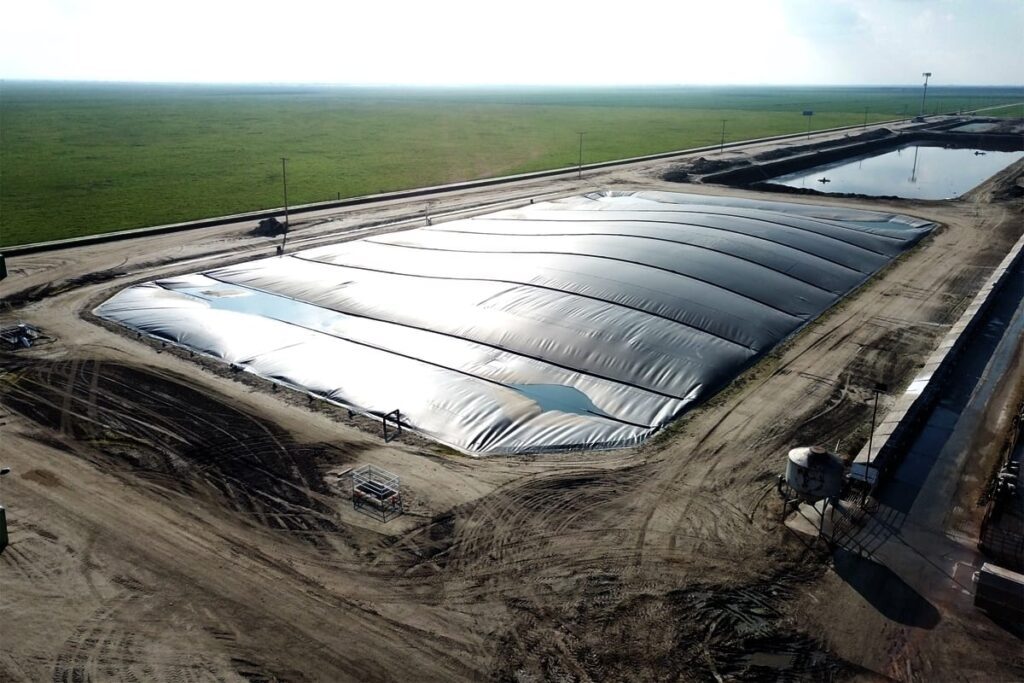
By Darren Turley
TAD Executive Director
Farmers are often called the original environmentalists. Dairy farmers, for example, live on or near their farms, and they depend on the land, water and air to make a living and to raise a family.
More and more Texas dairy farmers are starting to turn to technology to take sustainability a step farther, partnering with developers to install multi-million dollar digesters on their farms that will capture the methane from cow manure and convert it into clean, renewable natural gas.
Left alone, manure decomposes and releases gases into the atmosphere. A digester, instead, captures these emissions and turns them into fuel or energy.
Several of these new digester operations in Texas are scheduled to come on-line next year. As they become operational, we are seeing a need for research data on the processes involved in producing this renewable energy.
With a digester, Texas dairy farms will become an energy provider as well as a nutrition provider.
U.S. dairy cows also help other agriculture commodities deal with the leftovers or byproducts from their production processes. Roughly 40% of a dairy cow’s diet comes from byproducts such as almond hulls, cottonseed, corn meal, citrus pulp and bakery leftovers, just to name a few, according to the American Feed Industry Association (AFIA).
Dairy cows help the environment by taking byproducts that would not be used and turning them into the nutritious milk that we all enjoy. In 2019, U.S. dairy cows ate between 32 million-41 million metric tons of byproduct feed.
How big a difference do cows make? When forage and whole grains fed to dairy cows is partially replaced by byproduct, dairy cows emit roughly 70 grams of carbon-dioxide equivalent in the form of enteric methane and manure methane and nitrous oxide. By contrast, carbon-dioxide emissions per kilogram of byproduct measure 3,448 grams per landfill disposal, 328 grams via composting and 31 grams by combustion, according to AFIA.
Controlling methane emissions is just one area in which dairy farmers are focused on sustainable farming.
You can learn more about the sustainability of dairy farming, including how dairy farmers are using less water, less land and a smaller carbon footprint to produce a gallon of milk today vs. 2007, on our website here.
Return to November 2024 newsletter


